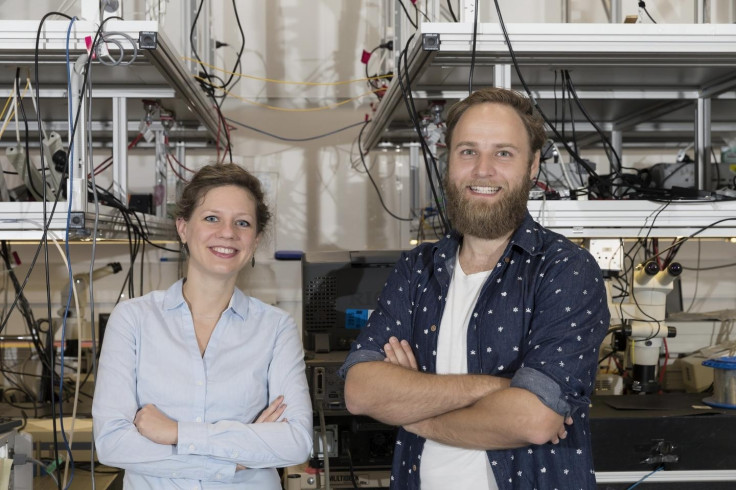Turning lightning into thunder: Scientists change light into sound with groundbreaking microchip
Technology could lead to a radical overhaul of the struggling fibre-optic networks that make up the internet.

For the first time, researchers have significantly slowed down digital information transmitted by light waves and converted it into sound inside a specially designed microchip.
This technology could lead to a radical overhaul of the struggling fibre-optic networks that make up the global internet – which use light to transmit information.
While light is an effective carrier, it can pose problems when information is being processed by computers and telecommunications systems, a result of the high speeds it travels at.
Scientist have been trying for decades to find an effective method for slowing light down in a practical manner, but this has proven very challenging.
The newly developed microchip could prove to be the most effective solution yet.
It works by forcing light-waves carrying information through a special wire made of soft glass. When the light hits the glass wire, it vibrates, creating sound waves. These sound waves travel down the length of the wire and are turned back into light at the other end, where the information they are carrying can be read.
"The information in our chip in acoustic form travels at a velocity five orders of magnitude slower than in the optical domain," said Birgit Stiller, from the University of Sydney and lead author of the research detailing the project, published in Nature Communications.
"It is like the difference between thunder and lightning," she continued.
Paradoxically, by briefly slowing down the speed that information travels, faster telecommunications can be achieved.
The internet is supported by a vast global network of data centres and transcontinental fibre-optic cables which is having to cope with an ever-increasing volume of traffic.
The large amounts of traffic and resulting heat can overload the systems which receive and process the data, slowing down the overall time taken to transmit information.
However, if the light that carries the information is briefly slowed down and turned into sound at the point it is received, then there is more time for the data to be processed, preventing system overloads and enabling more efficient communications.
"Building an acoustic buffer inside a chip improves our ability to control information by several orders of magnitude," said Moritz Merklein, a University of Sydney doctoral candidate.
The team will now seek to improve and commercialise their technology.
© Copyright IBTimes 2025. All rights reserved.





















